Crater Lake National Park, located in southern Oregon, is one of the most stunning and unique national parks in the United States.
The park’s centerpiece, Crater Lake, is the deepest lake in the U.S. and is renowned for its clear, sapphire-blue waters.
Formed over 7,700 years ago after the eruption and collapse of Mount Mazama, this caldera lake is surrounded by cliffs nearly 2,000 feet high, creating breathtaking scenery.









Crater Lake National Park Travel Guide
Getting There
Crater Lake National Park is accessible by car, with the closest airports being Rogue Valley International-Medford Airport (about 85 miles away) and Klamath Falls Airport (about 60 miles away). From Portland, the drive is about 250 miles and takes approximately 5 hours. The park has two main entrances: the North Entrance, open seasonally from late May through October, and the South Entrance, open year-round, weather permitting.
When to Visit
The best time to visit Crater Lake National Park depends on what you want to experience. Summer (July to September) is the most popular time, offering warm temperatures, clear skies, and full access to the park’s roads, trails, and boat tours. Winter (November to April) brings heavy snowfall, transforming the park into a winter wonderland perfect for snowshoeing, cross-country skiing, and winter photography. Spring and fall offer a quieter experience but come with limited access due to lingering snow.
Things to Do
- Rim Drive: The 33-mile Rim Drive is a must-do, offering spectacular views of Crater Lake from various vantage points. The drive is usually open from late June to October, with several overlooks and trailheads along the way. Don’t miss stops like Watchman Overlook, where you can see Wizard Island, and Cloudcap Overlook, the highest point on Rim Drive.
- Hiking: Crater Lake National Park has over 90 miles of hiking trails, ranging from easy walks to challenging backcountry hikes. Popular hikes include:
- Boat Tours: During summer, boat tours operate on Crater Lake, providing a unique perspective of the caldera’s cliffs and Wizard Island. You can choose from a standard lake tour or opt for a drop-off on Wizard Island, where you can hike to the summit or explore the island’s shores.
- Wildlife Viewing: Crater Lake is home to diverse wildlife, including black bears, elk, mule deer, and various bird species. Early morning and late afternoon are the best times to spot wildlife along park trails and roads.
- Winter Activities: In winter, the park offers a different kind of adventure with activities like snowshoeing and cross-country skiing. The Rim Village area is the starting point for many winter trails, and guided snowshoe walks are available from the park rangers.
Where to Stay
- Lodging: Crater Lake Lodge, located in Rim Village, is the park’s historic lodge offering cozy accommodations with stunning lake views. Book well in advance, as it fills up quickly.
- Camping: Mazama Campground, open during the summer, has over 200 sites and offers amenities like showers and a camp store. For a more primitive experience, Lost Creek Campground is a smaller, tent-only campground.
Travel Tips
- Weather: The weather in Crater Lake can be unpredictable, even in summer. Bring layers and be prepared for sudden temperature changes.
- Altitude: The park is at a high elevation (around 7,000 feet), so take it easy on strenuous activities, especially if you’re not accustomed to the altitude.
- Park Fees: There is an entrance fee for the park, which can be paid at the entrance stations or online.
- Leave No Trace: Crater Lake is a pristine environment, so practice Leave No Trace principles to help preserve its beauty.
Conclusion
Crater Lake National Park is a destination like no other, offering dramatic landscapes, clear blue waters, and a range of activities for all seasons. Whether you’re hiking the rim, cruising the lake, or enjoying the winter snowscapes, Crater Lake is sure to leave a lasting impression.

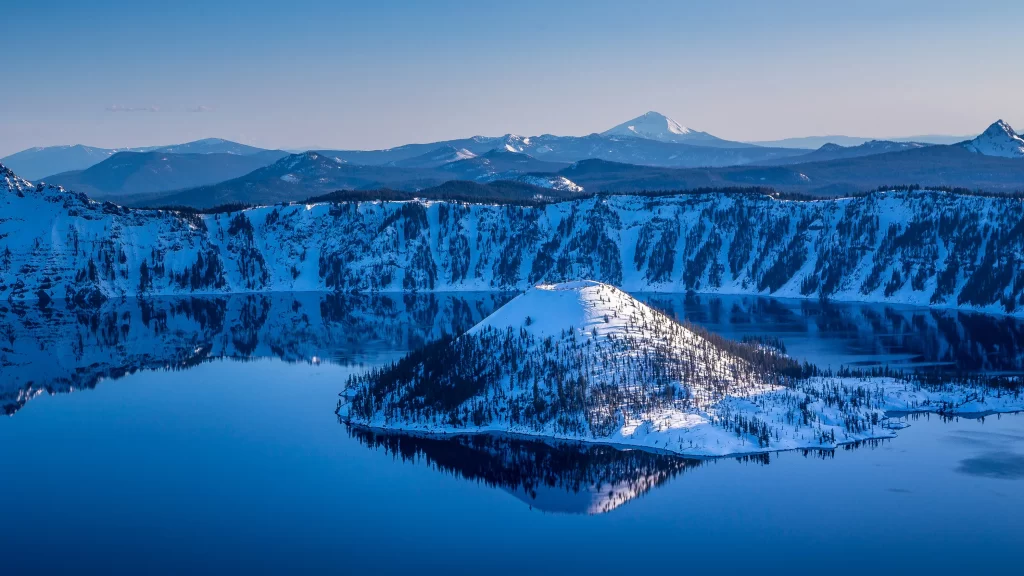





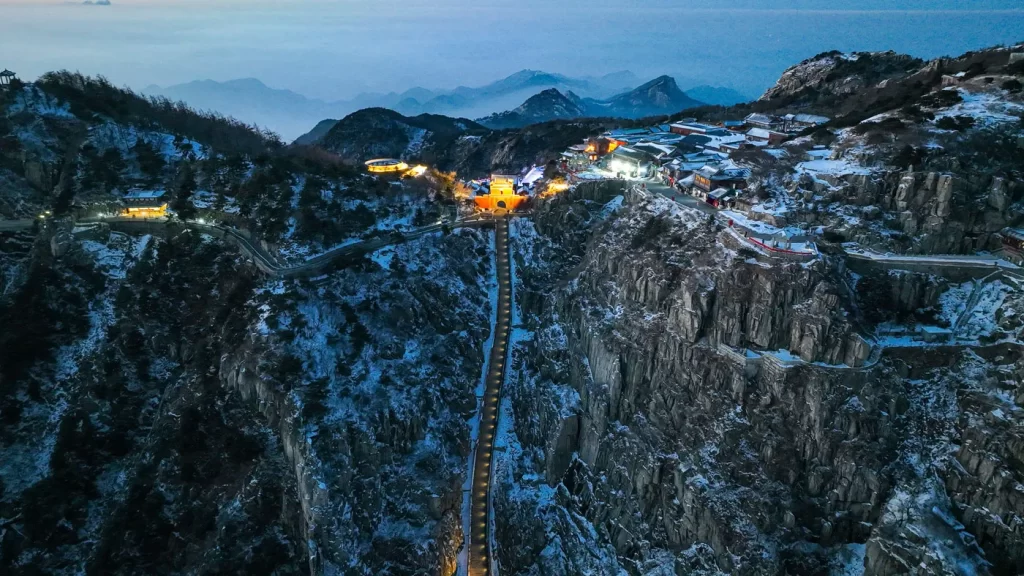
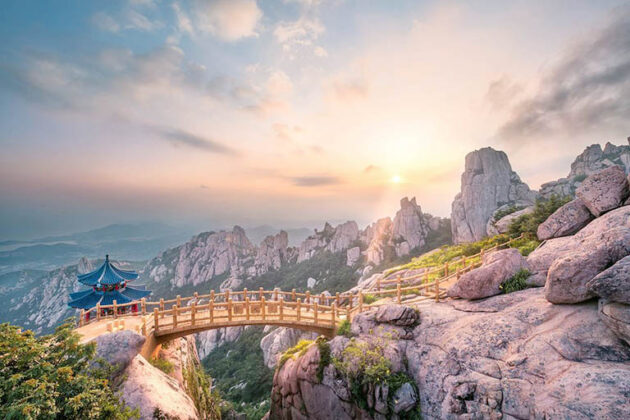
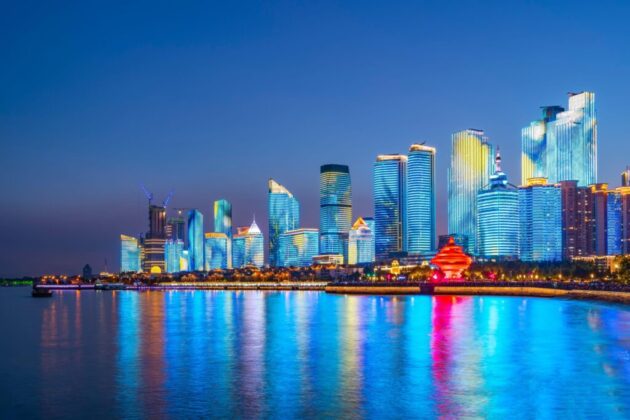
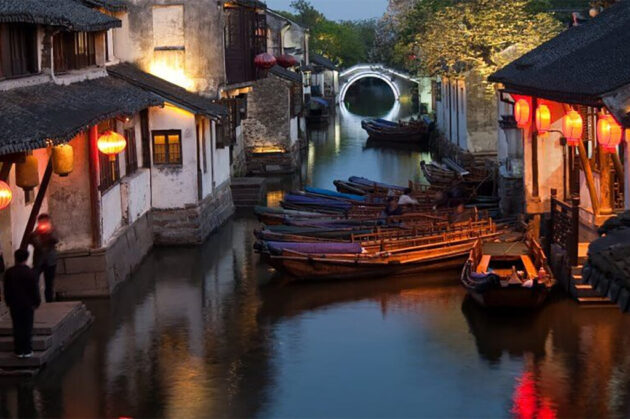
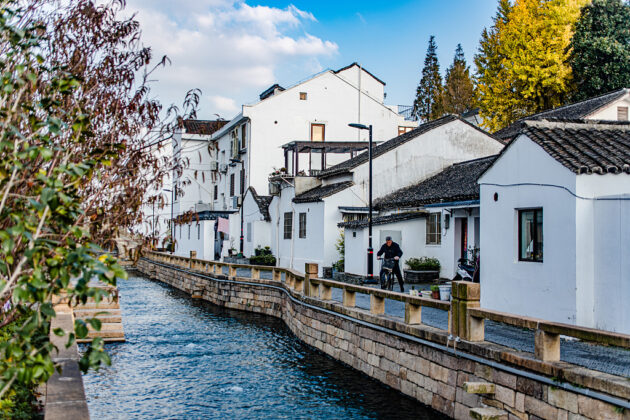
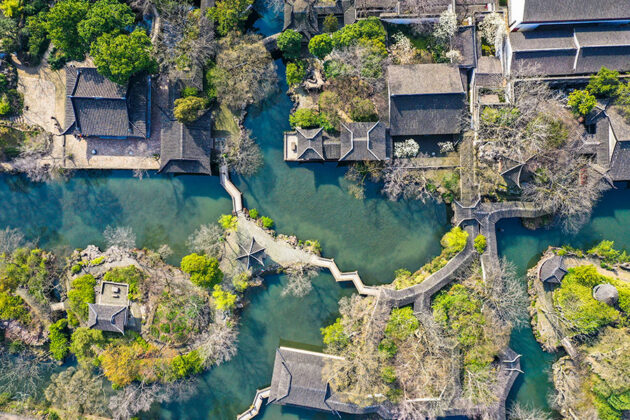
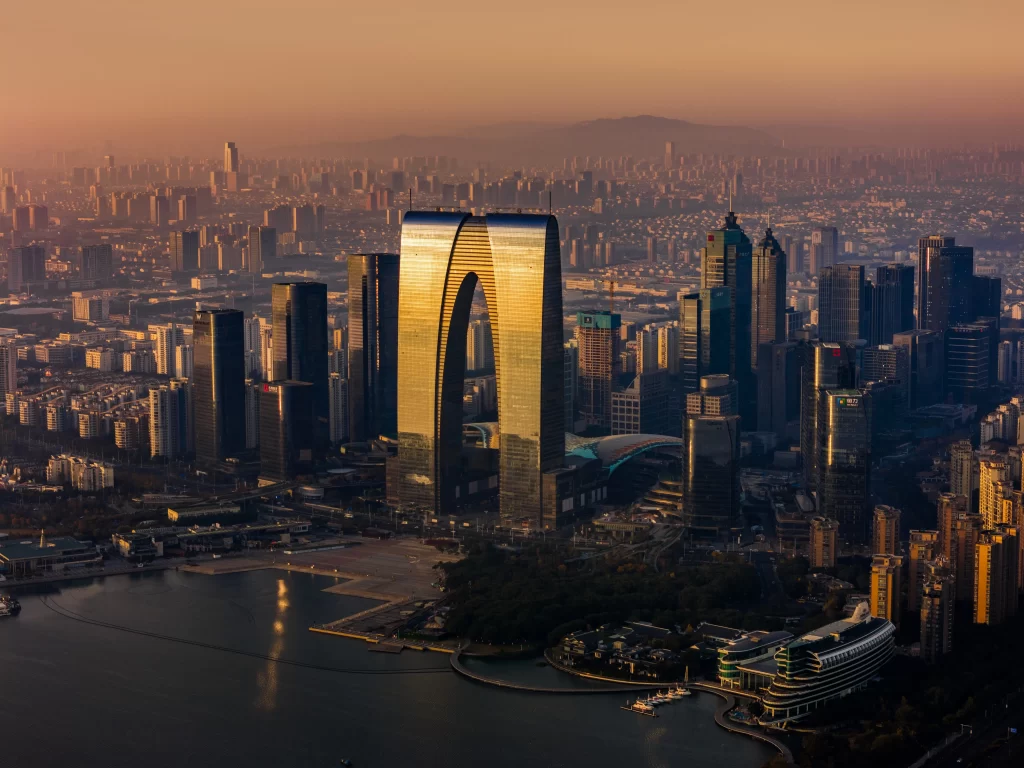
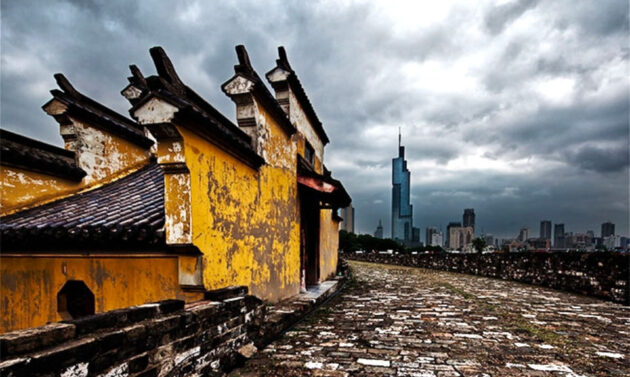

Leave a Reply